In this article we look at The Role of Storytelling in Logo Design: How to Make Your Logo Speak.
In a world brimming with brands, a logo transcends mere visual identification—it’s the initial chapter of a brand’s narrative. In an era where consumers crave more profound connections, storytelling within logo design has emerged as an essential facet in shaping a compelling brand identity. A meticulously crafted logo does more than just represent a business—it conveys its ethos, mission, and deeper narrative.
This article delves into how you can weave storytelling into logo design, ensuring your logo speaks and resonates with your audience on an emotional level, fostering a memorable connection. Let’s explore the intricacies of storytelling in logo design and unveil how to create logos that narrate compelling stories.
Table of Contents
What is Storytelling in Logo Design?
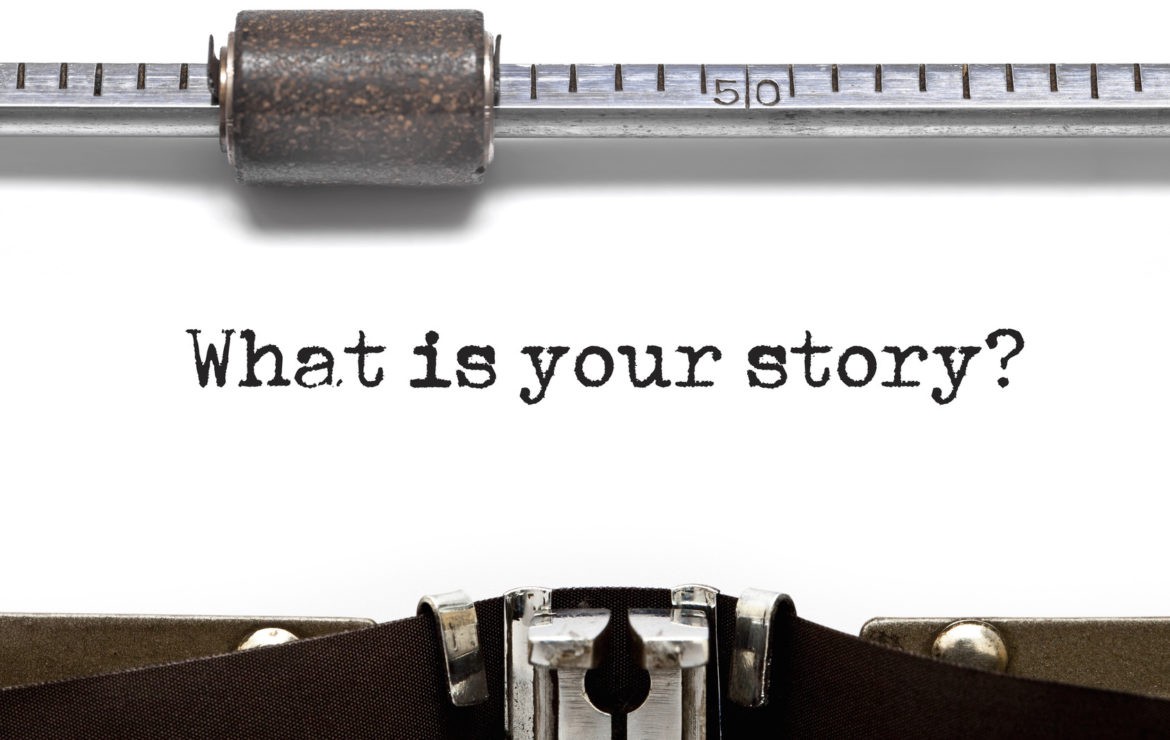
Storytelling in logo design is the art of embedding a brand’s soul, core values, and mission within its emblem. It’s about transmitting a message or tale through visual components, enabling the logo to resonate with audiences on an emotional plane. When executed with finesse, a logo imbued with storytelling doesn’t just appeal aesthetically—it imparts something poignant and unforgettable.
A logo that narrates a story enables consumers to forge an emotional bond with a brand, giving them more to remember than just a pleasing visual. It transforms your logo into a voice, symbolizing the quintessence of your business and weaving a narrative that transcends the superficial.
Why Storytelling is Crucial in Contemporary Logo Design

Today’s consumers are more discerning than ever before. They’re not merely purchasing products or services—they’re investing in experiences and shared values. A thoughtfully designed logo serves as a beacon for what a brand stands for, offering potential customers a glimpse into the company’s core before any interaction even occurs.
By embedding storytelling into your logo, you imbue it with layers of meaning that help your brand distinguish itself amidst the cacophony of the marketplace. Storytelling in branding fosters emotional engagement, trust, and loyalty. These sentiments often drive purchasing decisions and secure enduring customer allegiance.
How to Integrate Storytelling in Your Logo Design
Crafting a logo that narrates requires more than just creativity—it demands an intimate understanding of the brand’s identity and how that identity can be visually articulated. Here’s a guide to infusing storytelling into your logo, allowing it to convey meaning and create an enduring impression.
1. Grasp Your Brand’s Core Values and Mission
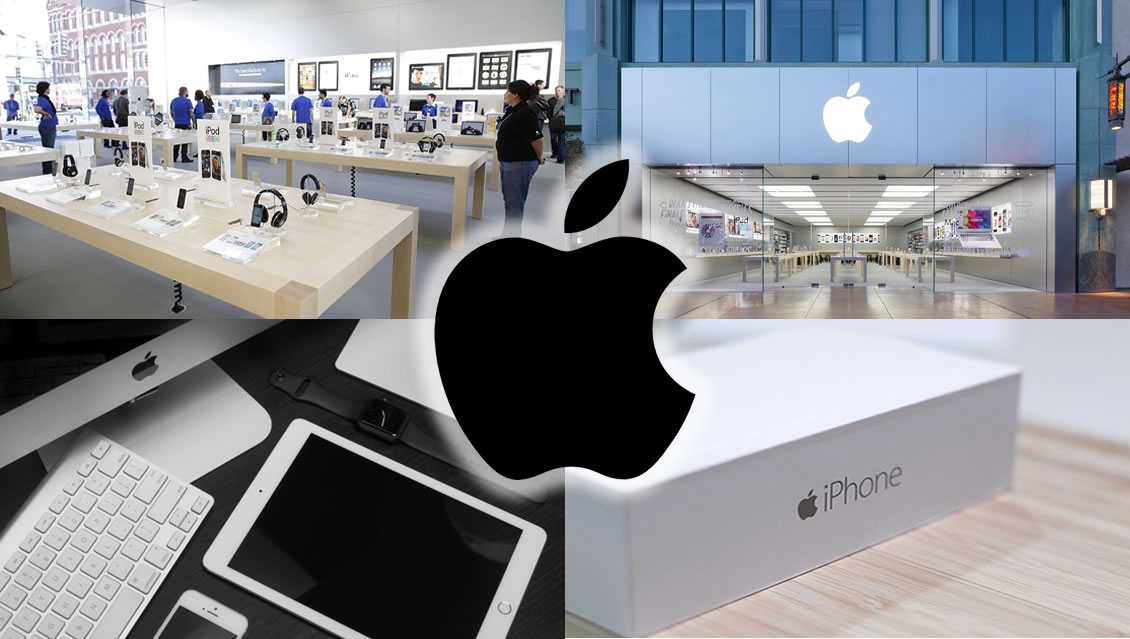
Before embarking on the design journey, you must first cultivate a clear comprehension of the brand’s essence. What does the brand stand for? What values and mission underpin it? Effective storytelling in logos begins with a lucid grasp of the fundamental message you aim to communicate.
For instance, Apple’s iconic bitten apple reflects the brand’s philosophy of simplicity, innovation, and sophistication. The bite in the apple isn’t merely a design quirk—it’s a narrative element, symbolizing approachability and offering a “bite-sized” piece of innovation for everyone.
2. Recognize Key Symbols and Imagery
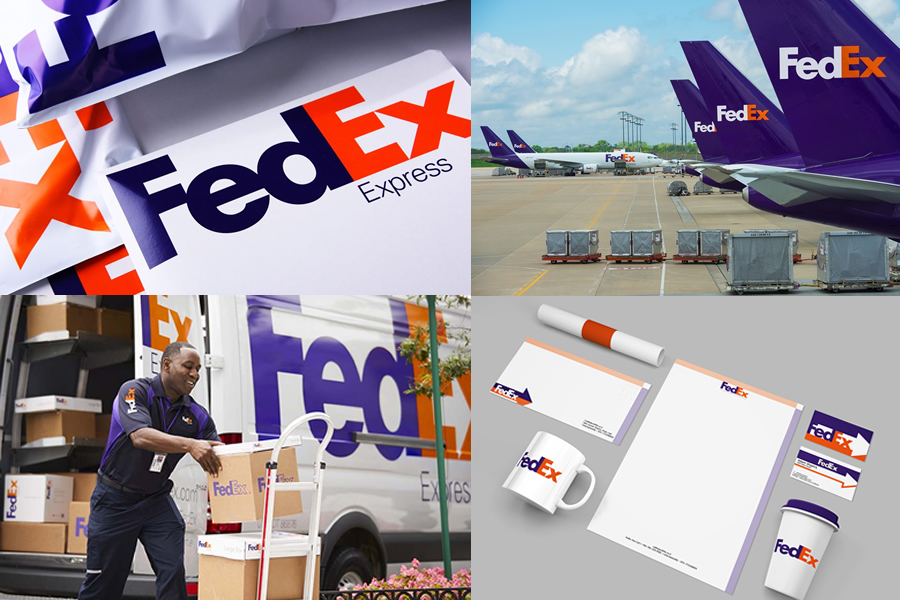
Symbolism plays a pivotal role in logo design and storytelling. Consider the imagery and symbols that most powerfully represent your brand. These elements may be inspired by your company’s heritage, products, or core values.
Take FedEx as an example—the clever use of negative space to form an arrow between the “E” and “X” speaks to the company’s emphasis on speed and efficiency. It’s a subtle yet powerful symbol that aligns with FedEx’s identity as a fast and reliable logistics provider.
3. Embed Emotional Branding

Incorporating emotional resonance into your logo is essential when weaving storytelling into your design. A logo that evokes emotions becomes more memorable and relatable to your audience. Contemplate the feelings you want your logo to invoke—trust, excitement, serenity, or passion?
Coca-Cola’s timeless red and white logo stirs feelings of warmth and joy, seamlessly tying into their marketing campaigns focused on happiness, sharing, and celebration. The use of vivid color and script has made the logo synonymous with festive moments and shared experiences.
4. Embrace Simplicity and Timelessness

The most effective storytelling logos are often those that are simple yet timeless. Overcomplicating a logo can obscure the message and weaken the narrative. By keeping the design minimal, the story can shine through without distractions.
Nike’s Swoosh is a perfect illustration of this. Its simplicity is integral to its brilliance, yet it conveys a tale of speed, movement, and victory. The Swoosh, inspired by the wing of the Greek goddess Nike, encapsulates action and success, reinforcing the brand’s athletic prowess.
5. Prioritize Versatility

A logo that conveys a story must also be adaptable across various platforms—digital, print, large-scale, or small-scale. Consistency is paramount to preserving the integrity of the narrative.
Take the Airbnb logo, for instance. The distinctive “Bélo” symbol works seamlessly across all mediums, encapsulating the brand’s story of belonging and connection across the globe. The logo reflects inclusivity, community, and exploration, perfectly aligned with Airbnb’s mission.
6. Ensure Cohesion Across Brand Assets
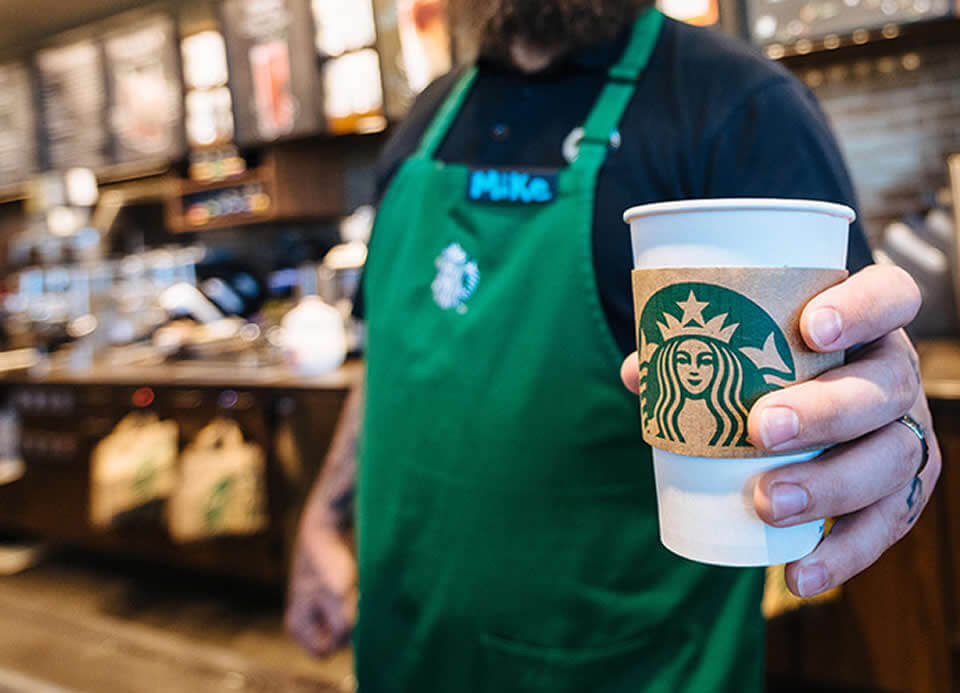
Your logo is just one piece of your brand’s overall visual identity. For a story-driven logo to be most impactful, it must harmonize with the rest of your brand’s assets—website, packaging, and marketing collateral. Consistency strengthens the brand’s story, making it recognizable and trustworthy.
Consider Starbucks, whose mermaid logo is linked to exploration, discovery, and the ritual of coffee. This story is reflected across all of the brand’s visual touchpoints, cementing its status as a global coffee leader.
Exemplary Logos that Narrate a Story
Several famous iconic logos masterfully encapsulate a brand’s story. Let’s examine a few:

- FedEx: As highlighted earlier, FedEx’s logo cleverly integrates an arrow within the negative space, symbolizing speed and precision—key tenets of its brand promise.

- Amazon: Amazon’s logo features an arrow that stretches from “A” to “Z,” symbolizing the vast range of products available. The arrow also resembles a smile, signifying the company’s commitment to customer satisfaction.

- Nike: The Nike Swoosh is a minimalist representation of movement, athleticism, and victory—a visual narrative that perfectly aligns with its brand identity.
Why Your Logo Should Narrate a Tale
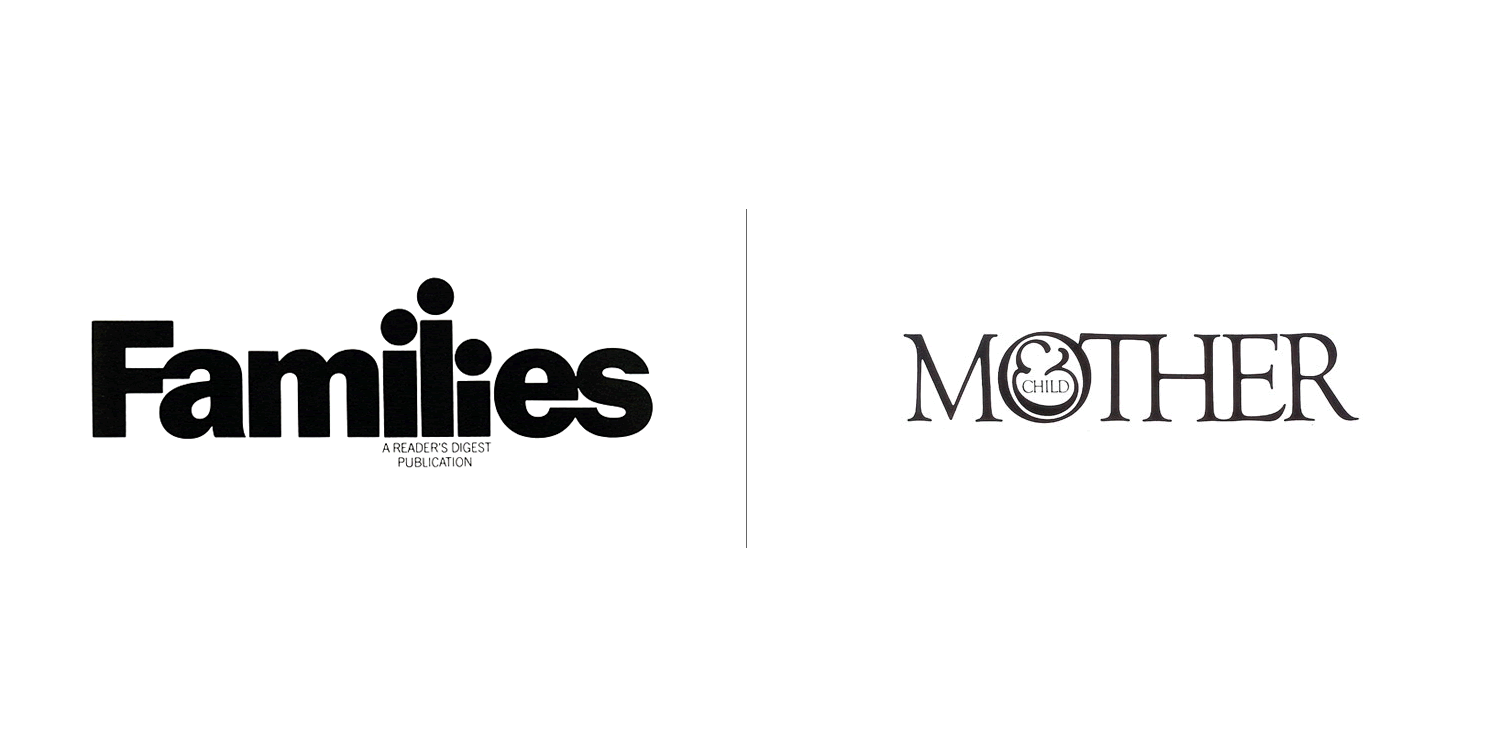
Infusing storytelling into your logo elevates it from a mere symbol to a communicator of your brand’s essence. A logo that tells a story fosters stronger audience connections, distinguishes your brand, and makes it more memorable.
Moreover, logos underpinned by compelling stories are more likely to endure the test of time. Timeless logos are often rooted in narratives that remain relevant across generations.
Conclusion: Let Your Logo Speak Volumes
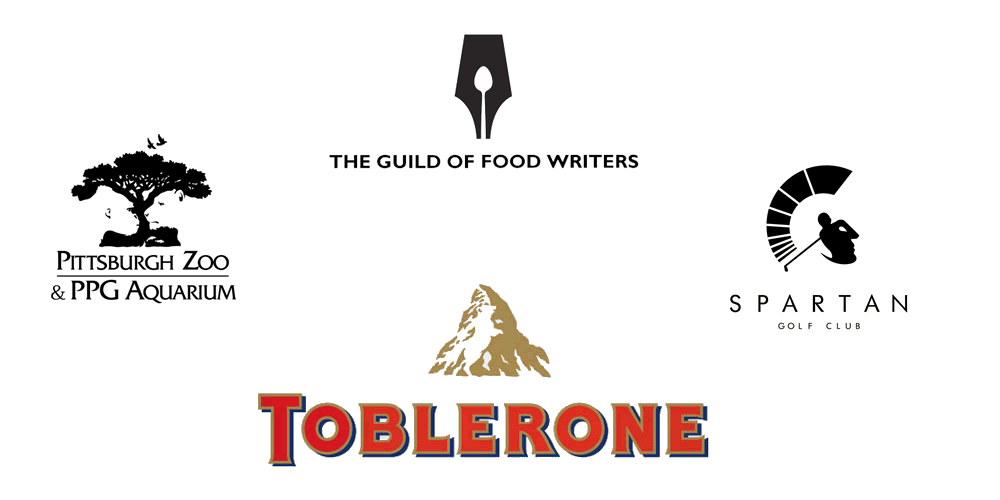
Your logo is the face of your brand, and incorporating storytelling into its design can greatly amplify its impact. Storytelling in logo design transcends mere aesthetics—it conveys your brand’s values, mission, and character in a way that resonates deeply with your audience.
By following the principles outlined—defining your brand, leveraging symbolism, evoking emotion, and ensuring consistency—you can create a logo that not only attracts attention but leaves an indelible mark.
So, what story does your brand want to tell? Let your logo do the talking and share it with the world.
Join The Logo Community
We hope you found The Role of Storytelling in Logo Design helpful. If you would like more personal tips, advice, insights, and access to our community threads and other goodies, join us in our community.
You can comment directly on posts, access our community threads, have a discussion and ask questions with our founder Andrew.
If you’re looking to learn more about brand strategy, we highly recommend eRESONAID with our friend and acclaimed brand strategist and author Fabian Geyrhalter, it’s packed full of knowledge and insights you will need to learn to become a brand strategist or apply what you learn within your own business.

FAQ – Storytelling in Logo Design
What is storytelling in logo design?
Storytelling in logo design is the method of embedding a brand’s essence—its identity, values, and mission—into the logo. This approach allows the logo to visually convey the brand’s story, creating an emotional connection with the audience.
Why is storytelling important in logo design?
Storytelling in logo design elevates a logo from being just a visual marker to a powerful tool for emotional engagement. It makes your brand more memorable, fosters deeper connections with the audience, and enhances brand loyalty by giving customers something meaningful to connect with.
How do you incorporate storytelling into a logo?
To effectively incorporate storytelling into a logo, start by thoroughly understanding your brand’s core values and mission. Use symbolic elements, evoke the right emotions, and create a simple yet timeless design that effectively communicates your brand’s narrative.
Can logos really tell a story?
Yes, logos can indeed tell a story. Through thoughtful use of imagery, symbols, and design elements that reflect a brand’s mission and values, a logo can speak volumes. A storytelling-driven logo resonates with your audience, helping to shape a strong brand identity.
Why should my logo tell a story?
A logo that tells a story builds a stronger brand identity, fosters trust, and sets you apart from competitors. It allows your audience to form an emotional connection with your brand, making it more memorable and impactful.


